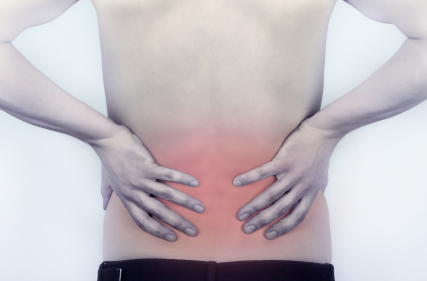Aching low back…numbness…hip pain… Herniated discs are no laughing matter. Americans spend about $50 billion a year on low back pain issues.
Yet a recent study found that only 70 percent of patients diagnosed with a herniated disc actually have one.1
They’ll recommend anti-inflammatory medications, muscle relaxants, or injections with corticosteroids. They sometimes even give patients Botox to relieve sciatic nerve pressure.2
Sometimes they’ll even press you into surgery. Back surgery can be dangerous. And the patient can go through it only to have symptoms return afterward.
None of these get to the root of the actual problem. At for at least 30 percent of people, they’re all unnecessary. Because the symptoms aren’t caused by a herniated disc.
There’s another culprit that can cause extreme pain in your lower back, butt, and hips. The symptoms are so similar doctors often mistake it for a herniated disc.
If it’s not a herniated disc, what is it?
It’s a neuromuscular disorder called piriformis syndrome. Piriformis syndrome affects five million people who suffer from back pain every year.3
Piriformis syndrome is more than just painful. It can cause sciatic nerve damage if not addressed soon enough.
The piriformis is a muscle located in the buttocks at the top of the hip joint. It helps stabilize the hip joint and rotate the hip away from the body. The syndrome develops when there’s a muscle imbalance—meaning one muscle is stronger than another.
Sitting for long periods of time is the main trigger for developing an imbalance in your piriformis muscle.
If you are like many people these days, you spend hours in front of your computer. According to a 2012 Nielson report, the average American spends more than 33 hours a week watching TV. People aged 65 and older spend almost seven hours a day watching TV.4
That’s a lot of butt time!
The good news is that you can treat it naturally with simple stretches and exercises.
Stretching your hamstring, groin, gluteals (butt), and piriformis muscle every day will help. Especially if you sit for long periods of time.
With piriformis syndrome, the hip flexors are overworked while other surrounding muscles are underworked. So you have to correct the muscle imbalance. Your strength training routine should include exercises that strengthen your glutes and hip muscles.
The bridge and clam exercises are good for working your glutes. Lunges and squats strengthen the entire lower body, including the hip muscles.6
That’s a much simpler solution than injections and surgery! It’s also a lot cheaper.
Piriformis syndrome can be frustrating and very painful. It’s another reason to keep an active lifestyle.
Remember, if you do sit a lot, make sure you take breaks. Get up and stretch. A five-minute stretch today can save you a pain in the butt later.
Like this Article? Forward this article here or Share on Facebook.
References:
1 http://www.sumamri.com/pdf/missed_lumbar_disc_herniations_diagnosed_with_kinetic_mri.pdf
2 http://www.ncbi.nlm.nih.gov/pubmed/12447093
3 http://www.huffingtonpost.com/loren-fishman-md/piriformis-syndrome-back-pain_b_845270.html
4 http://www.nielsen.com/us/en/reports/2012/cross-platform-report-q3-2011.html
5 http://sportsmedicine.about.com/od/Lower-Body-Stretches/Lower-Body-Stretches.htm
6 http://sportsmedicine.about.com/od/hipandgroininjuries/a/Best-Exercises-For-Hips-And-Knees.htm

